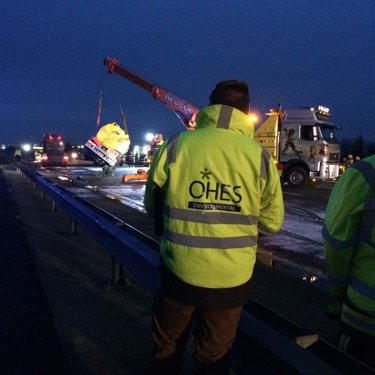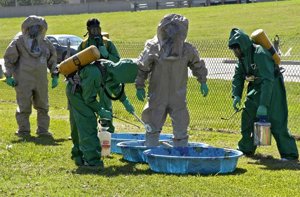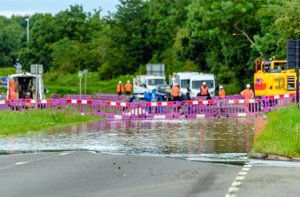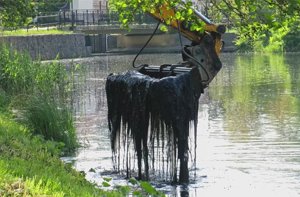
Firewater
We help organisations clean up after an industrial fire by safely and efficiently removing firewater and disposing of it compliantly, so that you can get your operation back up and running quickly.
Firewater can contain chemicals from the fire such as combustion products and partially combusted materials, as well as anything that is stored on site ordinarily such as oils or chemicals. This makes it potentially very damaging to the environment.
During a fire, containment may fail, and the water used in fighting the fire they may transport hazardous materials into the surrounding environment where it can contaminate groundwater.
Features and outputs
- Safe, compliant, and efficient firewater removal.
- Get your operation back up and running quickly following an industrial fire.
- Compliant discharge of excess water in the foul drain.
The likelihood of a hazardous pollution event spirals during a fire event. This ramps up the risk of toxic materials and firewater run-off contaminating groundwater, posing threats to public and ecological health.
Tens of thousands of gallons of water or more may be needed to extinguish a large-scale industrial fire. During the firefighting effort, this water is often filled with building materials and combustion by-products from the fire. The removal of this contaminated water needs to be stopped from entering surface drains, groundwater, and sewage treatment systems.
While firefighters will provide bunds and drain covers to contain water as part of their emergency response, once the fire is out, the responsibility for removing firewater lies with the site or business owner in accordance with UK environmental law.
Following an incident, the firewater will need testing for pollutants to identify the suitable method of removal and disposal. This could involve using vacuum pumps and tankers to remove the liquid, before refining it for safe release into a drain.
If you think firewater may have been released into the surface drains, our experts can monitor the local waterways to assess the impact and provide remediation such as hydrogen peroxide dosing to counter oxygen depletion.
You might also be interested in...
Your environmental risk reduction partner, ensuring the safety of your people, property, reputation and the environment
Our experts are on hand to provide tailored investigation, consultancy, response and remediation services to help you balance commercial objectives and environmental compliance.
Contact our experts





